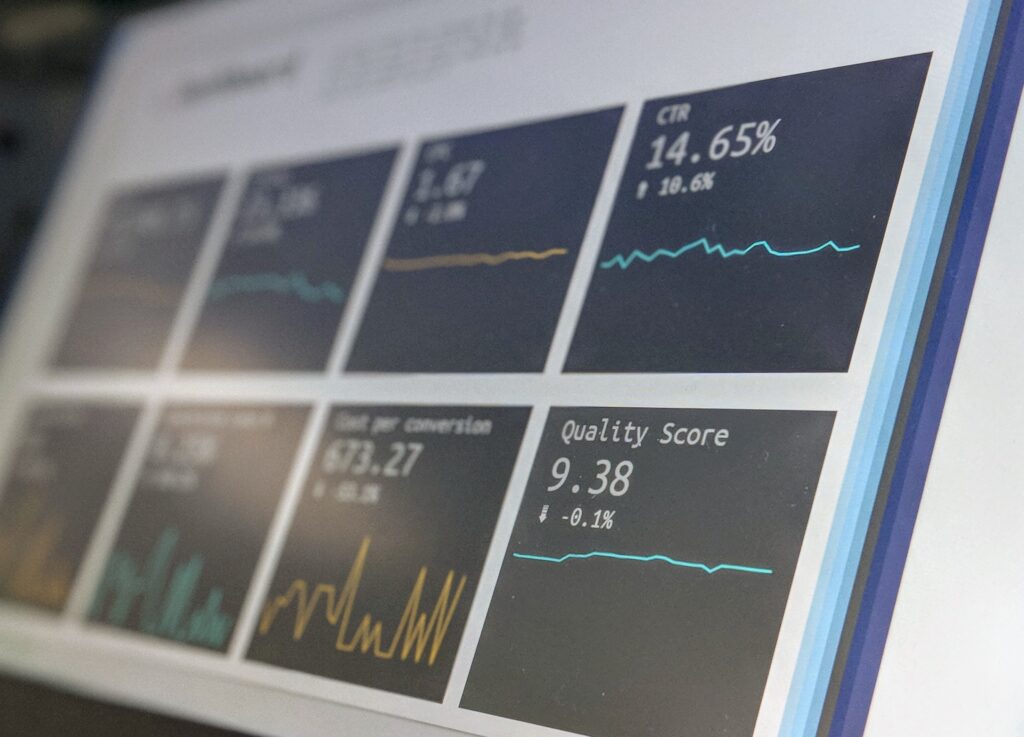Data lifecycle management (DLM) is a critical process for ensuring the availability, performance, and security of data in YugabyteDB. As the amount of data that businesses need to store and manage continues to grow, automating DLM becomes increasingly important. Automation helps ensure that data is properly managed and maintained over its lifecycle, from initial ingestion to archival and disposal. In this blog post, we’ll explore the advantages of automating DLM for YugabyteDB and how it can help organizations optimize their data platforms.
What Is Data Lifecycle Management?
Data lifecycle management is the process of managing the storage, usage, and disposal of data over its lifetime. This includes tasks such as ingesting data, backing up and restoring data, archiving and deleting data, and so on. DLM ensures that data is properly managed and stored throughout its entire life cycle, from its initial creation to its eventual disposal.
Why Automate Data Lifecycle Management for YugabyteDB?
Automating DLM for YugabyteDB offers several advantages. First and foremost, it helps ensure that data is properly managed and stored throughout its entire life cycle: that means it’s distributed, resilient, extensible, available, and monitored. Automation enables organizations to quickly respond to changing requirements and business needs. With automation, organizations can easily scale up or down their data stores as needed, without having to manually manage them. Additionally, automation can be used to ensure that data is backed up and restored quickly and efficiently. Anant is familiar with all of these use cases and can help your company utilize them for your Yugabyte or NoSQL database.
Another advantage of automating DLM for YugabyteDB is that it helps reduce the risk of data loss or corruption. Automation ensures that data is regularly backed up and stored in multiple locations. This reduces the risk of data loss due to hardware failure or other unexpected events. Automation also helps ensure that data is properly secured, as it ensures that all data is encrypted, stored in a secure environment, and restricted to users with intended access.
Finally, automating DLM for YugabyteDB helps organizations save time and money. By automating the DLM process, organizations can reduce the amount of time and effort spent on manual data management tasks. This can result in significant cost savings, as organizations no longer need to hire additional staff to manage their data stores. It helps your engineers focus on what really matters and leaves the DLM Automation to take care of the boring stuff.
How Anant Can Help
At Anant, we understand the importance of automating DLM for YugabyteDB. We offer a comprehensive suite of services and solutions to help organizations automate their DLM processes. Our solutions are designed to help organizations optimize their data platform performance and ensure that their data is protected and secure.
In our Data Lifecycle Management Toolkit, we offer services such as a data migrator, data cleaning, and a data catalog. We provide consulting services to help organizations understand their data platform needs and develop the best strategies for automating DLM. We can even help organizations migrate their data stores to YugabyteDB and implement the best automated DLM solutions. Whether you need an assessment, a POC, a Pilot Project, or a Production Implementation, Anant is here for you!
Conclusion
Automating DLM for YugabyteDB is essential for ensuring the availability, performance, and security of data. Automation helps organizations save time and money, as well as reduce the risk of data loss or corruption. At Anant, we understand the importance of automating DLM and offer a comprehensive suite of services and solutions to help organizations optimize their data platform performance.
Learn more about Anant’s Data Lifecycle Management services here.




